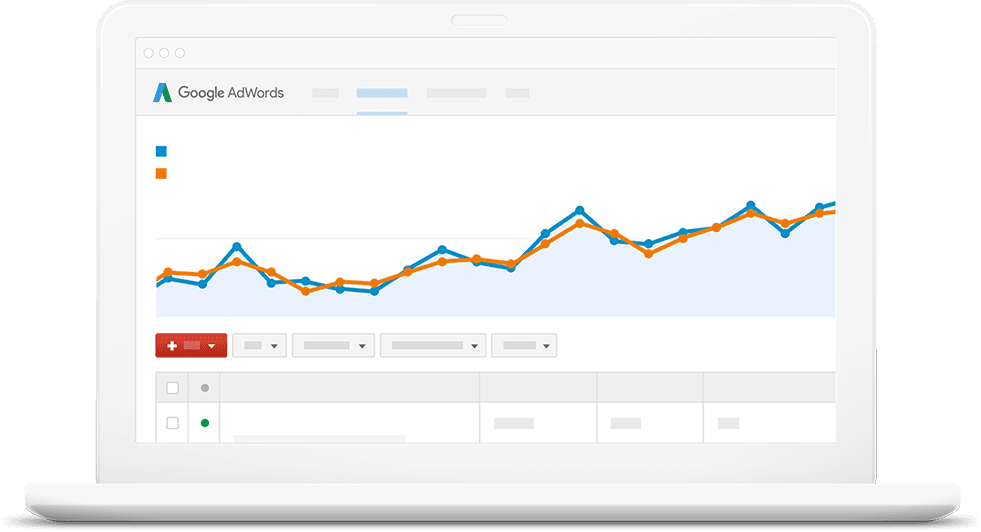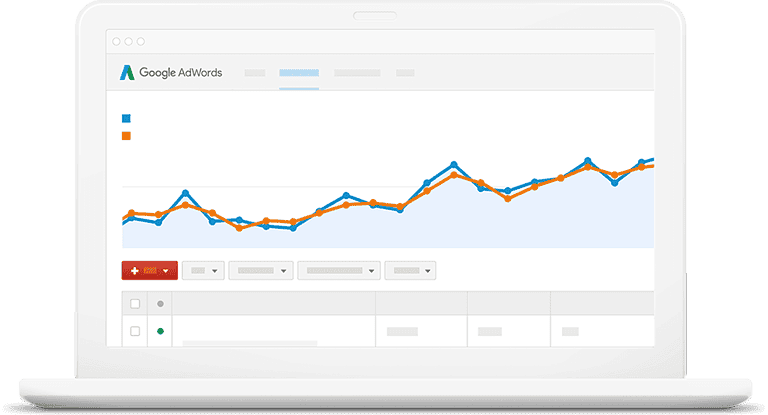Google has stated that it has managed to capture over four billion store visits, after a user has clicked on an ad from Google.
This is an increase up from one billion in early 2016, and this is only set to continue to grow. Google has been trying for some time to improve the tracking on how Google ads relates to generating store traffic.
Google has been measuring store visits based on aggregated, anonymous data from users who have opted into Google’s Location History tracking, Google surveys, and other mapping technology. But this technology is now getting more advanced.
Google has achieved this through new advanced measurements techniques, as well as measurement innovations which helps to generate more data on store visits. It also surveys users to verify the places they have visited, and then feeds that back into predictions in order to train the models.

What can Google’s Measurement Innovations achieve?
While Google is collecting a lot of data on store visits, blending the online and offline realms of business, what can this actually achieve, and how does it benefit businesses?
Richer store visits data
Google is looking to evolve the measurement technology it uses, utilising machine learning, mapping technology and improved survey quality.
“We know measurement insights like store visits help you make business-critical decisions about how you manage and optimize your marketing campaigns. That’s why we uphold strict, conservative confidence thresholds for the data you see in AdWords and only report on store visits when we’re sure the data meets the highest standard of accuracy.
“This is also done in a secure, privacy-safe way without sharing any personal location information at an individual level. Store visits are calculated based on aggregated and anonymized data from users who opt in to activate Location History.”
Deep learning
Google has upgraded deep learning models in order to improve how the visits to stores are measured, increasing accuracy and prioritising location signals which show the most accurate data for visits.
This machine learning has a number of benefits across Google’s different services, from curating collages from your photos, to translating sentences in Google Translate.
Mapping Initiatives
Google is looking to map precise geographical locations and geometry of business locations more accurately.
Google Maps and Google Street View imagery has been refreshed in order to give better external views of buildings, and with more up-to-date results that remain relevant.
Survey Data
Google’s new innovations in measuring store visits allows AdWords advertisers to gain a much richer and more complete set of data.
“When our systems detect that potential visits have occurred, we add an extra layer of verification by surveying select users about their store visits. We directly ask which locations they’ve visited, see how this checks out against our predictions, and then use this data to calibrate our machine learning models.
“We’ve continued increasing the reliability and quality of these surveys using real-life audits and location visits from our own teams. For example, we’re now verifying more visits that happen in areas with high store densities to give our models more data to learn from. This strengthens accuracy and allows us to report on more store visits that may have been previously excluded.”
With these new innovations, Google has stated that thousands of more advertisers will gain access to data on store visits, as measurement techniques have improved dramatically through machine learning.












